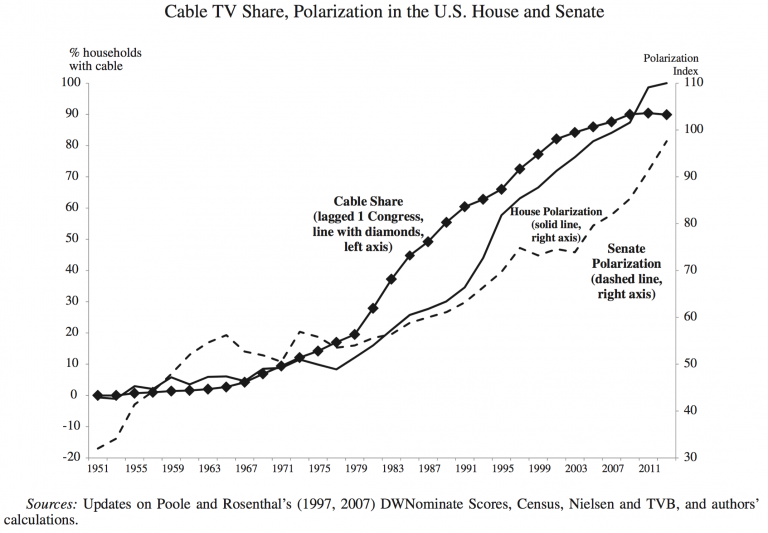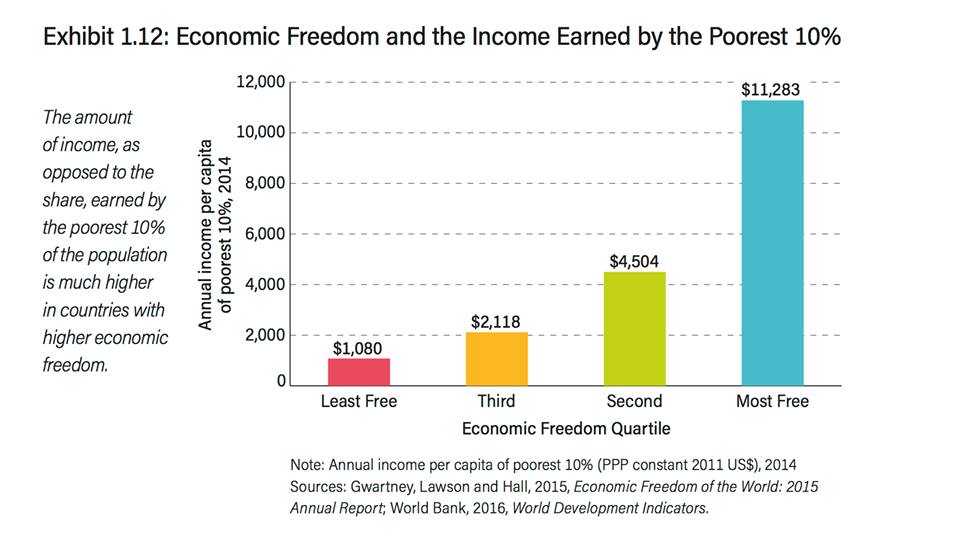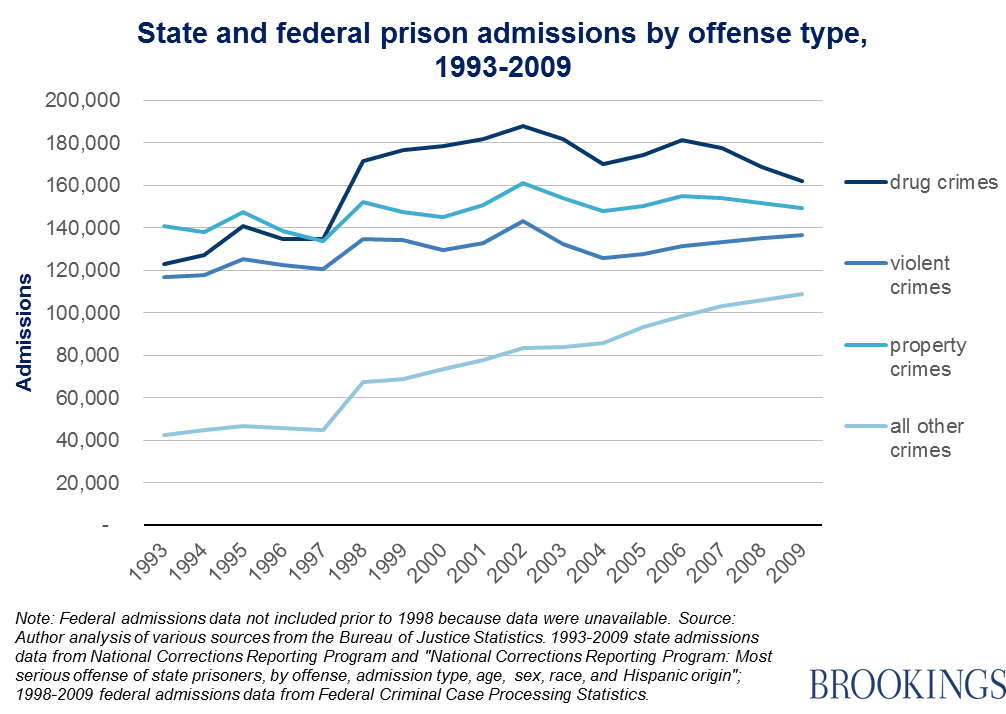
We’ve discussed the gender wage gap here on Difficult Run before. My last post on the subject covered a lot of the research. In the comments, I made mention of a couple more 2016 studies that should be included in the analysis. However, I thought I’d highlight them in a post for educational purposes. In a paper soon to be published in the Journal of Economic Literature, Cornell economists report,
Using PSID microdata over the 1980-2010, we provide new empirical evidence on the extent of and trends in the gender wage gap, which declined considerably over this period. By 2010, conventional human capital variables taken together explained little of the gender wage gap, while gender differences in occupation and industry continued to be important. Moreover, the gender pay gap declined much more slowly at the top of the wage distribution that at the middle or the bottom and by 2010 was noticeably higher at the top. We then survey the literature to identify what has been learned about the explanations for the gap. We conclude that many of the traditional explanations continue to have salience. Although human capital factors are now relatively unimportant in the aggregate, women’s work force interruptions and shorter hours remain significant in high skilled occupations, possibly due to compensating differentials. Gender differences in occupations and industries, as well as differences in gender roles and the gender division of labor remain important, and research based on experimental evidence strongly suggests that discrimination cannot be discounted. Psychological attributes or noncognitive skills comprise one of the newer explanations for gender differences in outcomes. Our effort to assess the quantitative evidence on the importance of these factors suggests that they account for a small to moderate portion of the gender pay gap, considerably smaller than say occupation and industry effects, though they appear to modestly contribute to these differences.
Five interesting facts from the study are:
- The gender pay gap shrank the most in the 1980s.
- Wage-gap narrowing wasn’t tied to government policies.
- Gender differences in occupations and job roles matter the most.
- High-income women have seen the smallest wage-gap closing.
- Findings are fuzzy about the impact of family-leave policies.
A 2016 study from Glassdoor yields further support for #3. When “comparing [male and female] workers with the same job title, employer and location, the gender pay gap in the U.S. falls to 5.4 percent (94.6 cents per dollar).”[ref]There is a consistent 4-6% adjusted gap across countries.[/ref] But it turns out that “the single biggest cause of the gender pay gap is occupation and industry sorting of men and women into jobs that pay differently throughout the economy. In the U.S., occupation and industry sorting explains 54 percent of the overall pay gap—by far the largest factor.” And “while overt forms of discrimination may be a partial cause of the gender pay gap, they are not likely the main cause. Instead, occupation and industry sorting of men and women into systematically different jobs is the main cause.”
In short, the gender pay gap has shrunk considerably and is far smaller than one typically hears in political discourse.[ref]Women actually out-earn men in numerous college majors right after graduation, though this dissipates by mid-career.[/ref] Nonetheless, a gap remains. The Glassdoor study finds that “employer policies that embrace salary transparency can help eliminate hard-to-justify gender pay gaps, and can play an important role in helping achieve balance in male-female pay in the workplace.” Perhaps this and similar policies going forward can help us eradicate the (adjusted) gender pay gap indefinitely.



 The researchers also found that “an increase in GDP per capita of €5,000…will lower the share of the leave vote by 0.55%. An increase of 5% in the share of the population over the age of 65…will increase the leave vote by 3.3%. A 5% increase in the share of the population with low education…will increase the leave vote by 4.8%.”
The researchers also found that “an increase in GDP per capita of €5,000…will lower the share of the leave vote by 0.55%. An increase of 5% in the share of the population over the age of 65…will increase the leave vote by 3.3%. A 5% increase in the share of the population with low education…will increase the leave vote by 4.8%.”_0.jpg)



 a fascinating new paper
a fascinating new paper